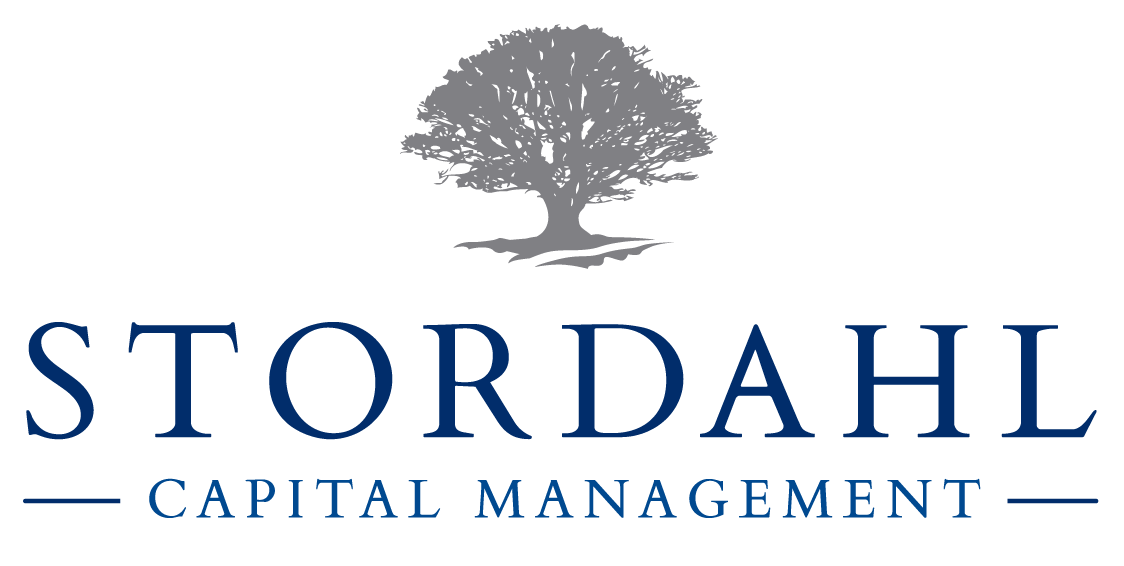The Week in Review: October 6, 2025
Government Shutdowns: Why Investors Rarely Care
Historically, US government shutdowns have had minimal impact on the stock market. Let’s review the graphic below. Since 1976, government shutdowns of varying lengths have had little effect on stocks, as measured by the S&P 500 Index.
The government closure began at midnight on October 1. So far, the major indexes have continued to grind higher, with both the Dow and the S&P 500 notching new highs on October 1, 2, and 3. The Nasdaq closed at an all-time high on the 2nd, according to data from MarketWatch.
Political drama and investor indifference
Why do investors typically shrug off a shutdown? While they affect government operations that aren’t deemed essential, they have a limited impact on the overall economy, and they do not affect Social. Security payments, which helps support overall spending.
For the most part, it’s headline risk. And, so far, even that hasn’t affected the broader market.
You see, investors are much more concerned about longer-term economic fundamentals. They focus on corporate profits, interest rates, the general economy—which drives profits—and inflation. If a shutdown has little impact on the economy, it stands to reason that it would probably have little medium- and longer-term impact on stocks.
Meanwhile, the Federal Reserve has grown increasingly concerned about the softening labor market. The unemployment rate is low but has been gradually increasing, while hiring has slowed.
Scheduled for an October 3 release, September’s employment report from the US BLS was delayed due to the shutdown.
While a weaker labor market typically raises concerns about what may be happening in the economy, there has been a curious disconnect between job growth and the broader economy.
One broad measure of economic output is the Atlanta Fed’s GDPNow model. Through October 1, which includes data from July and August, Q3 GDP is tracking at a robust 3.8% annualized pace.
For investors, shutdowns often dominate headlines, but history suggests they have a minimal market impact.
Market Summary
TWO FOR THE ROAD
Investors are still sitting on a mountain of cash, with money market fund assets hitting a record $7.3 trillion, including more than $2 trillion held by everyday investors. Much of it is sidelined money, waiting for a pullback, even as markets push to new highs. It’s a reminder that a lot of gun powder remains for a potential next leg higher if/when that cash comes back into play. - Business Insider, August 16, 2025
“Bull markets climb a wall of worry.” - Joseph Granville
Please do not hesitate to contact me with any questions or concerns.
I hope you have a great week!
Warmest Regards,
Bill Stordahl, CFP®
Managing Director
Stordahl Capital Management
Stordahl Capital Management, Inc is a Registered Investment Adviser. This commentary is solely for informational purposes and reflects the personal opinions, viewpoints, and analyses of Stordahl Capital Management, Inc. and should not be regarded as a description of advisory services or performance returns of any SCM Clients. The views reflected in the commentary are subject to change at any time without notice. Nothing in this piece constitutes investment advice, performance data or any recommendation that any particular security, portfolio of securities, transaction or investment strategy is suitable for any specific person. Any mention of a particular security and related performance data is not a recommendation to buy or sell that security. Advisory services are only offered to clients or prospective clients where Stordahl Capital Management and its representatives are properly licensed or exempt from licensure. No advice may be rendered by Stordahl Capital Management unless a client service agreement is in place. Stordahl Capital Management, Inc provides links for your convenience to websites produced by other providers or industry-related material. Accessing websites through links directs you away from our website. Stordahl Capital Management is not responsible for errors or omissions in the material on third-party websites and does not necessarily approve of or endorse the information provided. Users who gain access to third-party websites may be subject to the copyright and other restrictions on use imposed by those providers and assume responsibility and risk from the use of those websites. Please note that trading instructions through email, fax, or voicemail will not be taken. Your identity and timely retrieval of instructions cannot be guaranteed. Stordahl Capital Management, Inc. manages its clients’ accounts using a variety of investment techniques and strategies, which are not necessarily discussed in the commentary. Investments in securities involve the risk of loss. Past performance is no guarantee of future results.
1. The Dow Jones Industrials Average is an unmanaged index of 30 major companies which cannot be invested into directly. Past performance does not guarantee future results.
2. The NASDAQ Composite is an unmanaged index of companies which cannot be invested into directly. Past performance does not guarantee future results.
3. The S&P 500 Index is an unmanaged index of 500 larger companies which cannot be invested into directly. Past performance does not guarantee future results.
4. The Global Dow is an unmanaged index composed of stocks of 150 top companies. It cannot be invested into directly. Past performance does not guarantee future results.
5. CME Group front-month contract; Prices can and do vary; past performance does not guarantee future results.
6. CME Group continuous contract; Prices can and do vary; past performance does not guarantee future results.


